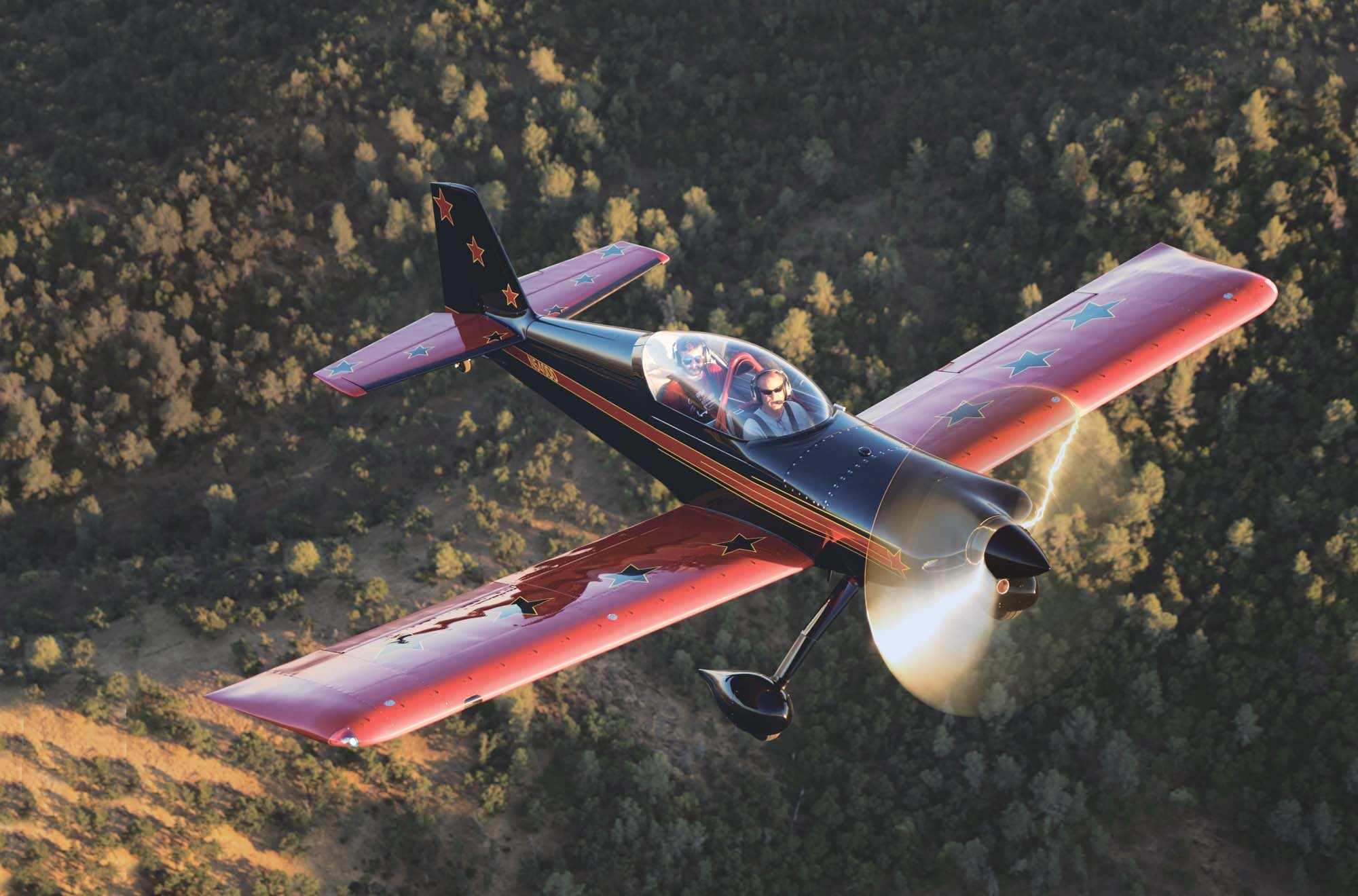
“I may never be able to buy an airplane…but maybe I can build one!”
—Dale Stanley
Back in 1976, Dale Stanley was a teenager when he purchased one-fifth of an Aeronca Champ, along with his parents and brother. They all took flying lessons in the Champ; the fifth partner was a family friend who was already a pilot.
“I soloed in that Champ, but I didn’t have any aspirations of ever flying as much as I have,” said Dale. “I wasn’t brought up with the idea that you can achieve much because economically it wasn’t within reach.”
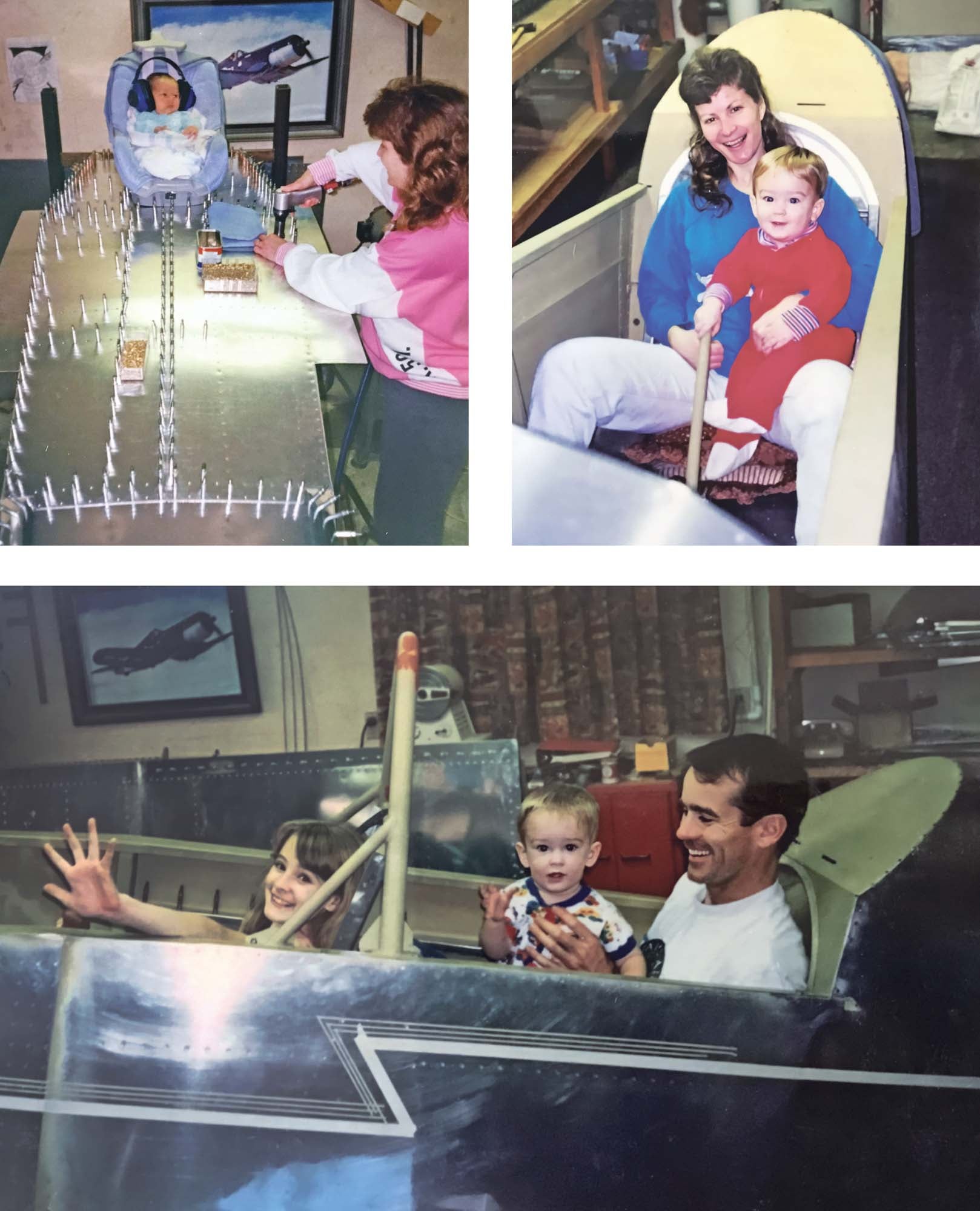
Turning Point
Nevertheless, Dale’s passion for aviation was growing, and the only thing that matched it was his passion for that family friend’s daughter, Denise. Soon after Dale and Denise were married, her “surrogate” father, Darrell (who was completing a Christen Eagle), suggested that Dale find out about the Experimental Aircraft Association (EAA). Dale had been working on his instrument rating in rental airplanes and had never heard of EAA.
“I became an EAA member and started reading about Experimental airplanes,” said Dale. “I thought, Well, I may never be able to buy an airplane…but maybe I can build one!”
Call of the Wild
One day, Dale and Denise visited a pilot’s store and discovered an inconspicuous little paperback about camping with an airplane. Both were avid wilderness backpackers—they’d even backpacked on their honeymoon—and were captivated by the concept.
“It had just never dawned on me that we could use an airplane for that,” said Dale. “This was long before you could even get instruction in backcountry flying. The author of the book had a Cessna 182 and he and his family loaded up their backpacks and flew to dirt strips in Idaho, Montana, Wyoming and California. I wrote down the lats and longs for the airstrips he described, and we rented a Cessna 172 on our first anniversary in 1981 and took our backpacks. I had to learn to fly into those strips on my own; I was lucky and didn’t make any fatal mistakes.”
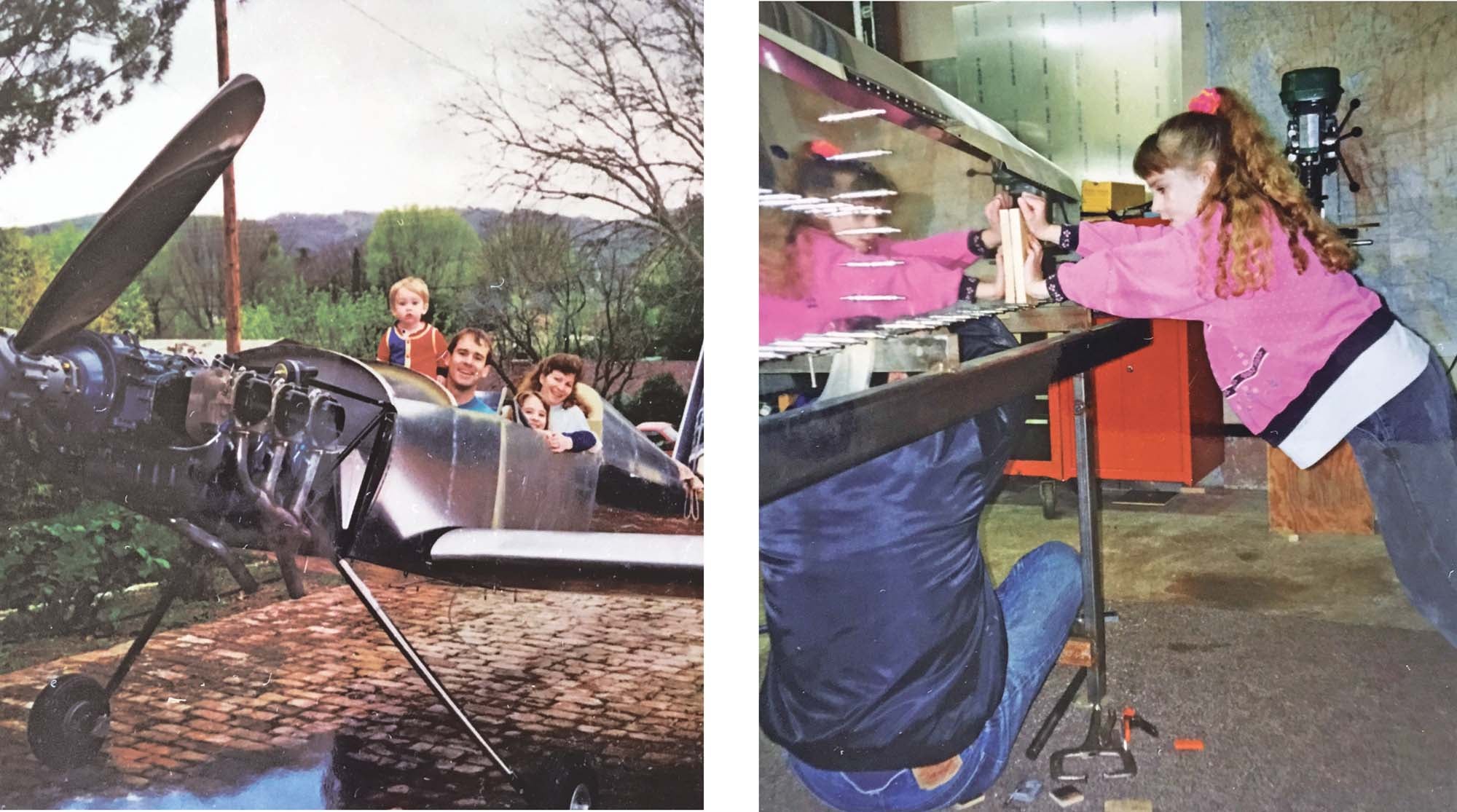
Hands-on Team
Meanwhile, Dale hadn’t forgotten about the possibility of building an airplane. Working in the auto repair field, mechanical aptitude was on his side (he recently retired after 44 years in the business). Denise, a physical therapist, shared his ambition, and they became quite the hands-on team. Their first airplane build was an RV-4.
“Absolutely nothing would ever have gotten done without Denise’s help and encouragement,” said Dale. “She is hands down the best riveter I’ve ever been around. She does very well shooting the rivet gun and I do the bucking. She is passionate about flying and the best back-seater you could ever have. Our RV-4 first flew in 1989 and we took a bunch of awards with it.”
Rocket Revelation
Dale took his father for an RV-4 birthday flight over the Sierras, enjoying a bird’s-eye view of all the places they’d backpacked as a family. On the return flight home to Paso Robles, California, they stopped in Bakersfield to see John Harmon’s new airplane design. Upon their arrival, they saw John starting to taxi out in his brand-new Harmon Rocket II. He invited Dale to hop in the back seat and go with him for a magazine photo session.
“We did about 20 minutes of photo time, and then John let me fly it a bit—it was like an RV-4 on steroids,” said Dale. “Dad and I got back in my 180-hp RV-4 and not even 10 minutes out of Bakersfield, I told him the RV was for sale. Dad said, ‘What? You just spent five years building it!’ And I said, ‘I’m going to build something like that!’”
Of course, projects require time and resources. To wit: After they’d finished the RV-4, they bought a TV since they hadn’t had one for several years. Dale was watching it one day when Denise suggested he was wasting time. “I asked her if she was giving me permission to build the new airplane and she said, ‘Yeah, as long as you get rid of the television!’ Well, the TV was on the stoop to get rid of the next day,” laughed Dale, “and I was making phone calls to buy parts! I ended up having to sell the RV to finance the build, and it was horrible not having an airplane to fly for three years.”
Happily, building airplanes was a Stanley-family endeavor. Denise shared: “I’ve just always been a ‘doer,’ and I’m a very left-hemisphere female. After we were married, I would hang out with Dale while he was working on cars. When he decided to build an airplane, it was natural that I would be helping and that when we had children, they would become involved.”
One of a Kind
Dale built his one-off design with a specific mission in mind: to haul a lot of camping gear and fly quickly to various backcountry strips. At first he thought he’d build a Harmon Rocket (which is based on the RV-4) with only two changes. First, he wanted to find a way to install wing extensions in the future. Second, he wanted to make a larger baggage compartment. But as time went by, he included other mods as well. He wanted a bit more width in the fuselage, so he made the back seat 31/4 inches wider than the standard Rocket, and because of that change, he basically ended up hand-building all the bulkheads from the firewall aft.
To facilitate certain aspects of the build, Dale bought the firewall and titanium landing gear from John as well as the engine mount and cowling (both of which he modified). Dale purchased an RV wing kit for parts and a tail kit for the ribs.
“I made the skins heavier on the tail section,” explained Dale. “It’s got the same planform as the RV-4 tail, but I’ve got 50% more stiffeners in the elevators and rudder, and they’re bonded in as well as being riveted. I also beefed up the rear spar attachments.”
“John had shortened the wings, and it made the roll rate tremendous and a lot of fun to fly,” said Dale, “but I’m a guy who can afford just one airplane, and I knew that the short-wing airplane (being heavier than the way Van designed it) was not going to fly very well at high altitude because it just didn’t have enough wing.”
So Dale built his airplane with the idea that eventually he would extend the wings. “Basically, the heritage is an RV-4, but I did a lot of things differently,” explained Dale. “The rear wing spars are doubled at the attachment points, and I put in brackets to add wing extensions later. I also rolled the fuel tank skins as large as I could at the time with the rollers that were available to me. I think the original Rocket had 42 gallons of fuel and I had 46.”
Short-Wing Version
After three years and five days’ build time, the Stanley Screamer (N540DD—540 for the engine, DD for Dale and Denise) left terra firma for the first time on Dec. 21, 1996. Dale flew the short-wing version for about three and a half years. Powered by a Lycoming IO-540-C4B5 of around 325 hp, Dale said: “It was a hoot! The roll rate was tremendous, but at about 10,000 feet it just didn’t have enough wing and was kind of nose high. I economy cruised at 19 inches of manifold pressure at 2250 rpm (at 9000 to 11,000 feet) and that’s somewhere around 53%-ish. I was doing about 195 knots true at that power setting. On a 3-hour leg with one climb-out, I was burning an average of about 10.2 gallons, which is really economical because I’ve got it pulled all the way back.”
Performance
Dale donned a parachute when he flutter tested the short-wing version, increasing his airspeed in 10-knot increments. “I would pull the nose up just above the horizon and then I would excite the controls to see what would happen. I did that all the way to 265 knots indicated at 10,000 feet msl. Then I backed it off to a redline of 240 knots indicated,” he explained. “If I get down over the ocean just flat and level, and go as hard and fast as I can, I get about 225 knots indicated. At altitude, I can flog the thing and make it go faster than 180 knots, but it’s just not economically viable, and it’s not smart because it’s hard on the airframe.”
Long-Wing Version
Dale has continued tweaking and morphing the Stanley Screamer throughout the 28 years and 1800 hours he’s flown it. The first major mod was when he increased the wingspan to 25 feet—2 feet longer than the RV-4—and added tip tanks in the outboard D-section. That gave him an additional 12 gallons of fuel, for a total of 58 usable.
Dale’s friend Mike Underwood (who had been on the Formula One circuit in Europe) helped him make the D-section ribs. “Mike was a savant with aluminum, and those ribs made a really nice flange for the fuel tanks,” recalled Dale. “We basically stamped out a set of ribs from 2024-O and then had them heat treated.”
The long-wing version yielded a 5-knot gain in economy cruise at altitude at the exact same power setting because the nose was lower and reduced the drag. “It was burning barely over 10 gallons an hour on a 3-hour leg with one climb-out,” said Dale, “I flew it that way for 12 to 14 years with no other real change.”
Into the Backcountry
Dale and Denise have flown into numerous short strips in Idaho and Montana; he’s logged around 1200-plus landings on grass, gravel and dirt backcountry fields. As one might imagine, rough fields can take a toll on landing gear. Hence, Dale enjoys more than just the weight savings with the titanium gear legs. “That’s an added bonus, but the really cool thing is with the titanium, it just kind of settles on. The gear only bounces back enough to lift the airplane off the grass, but the tires are still touching,” said Dale. “People see the airplane taxiing by and they see the gear flopping all over the place, but inside the airplane, you can’t feel it. John always described it as being just like a Cadillac ride.”
Since Dale operates from rough strips, the wheel pants aren’t just for aerodynamics; they protect the flaps from all the rocks and debris that get tossed up. At first, the Stanley Screamer was rolling along on 500×5 tires, which were streamlined with standard RV-4 two-piece wheel pants. Then Dale changed to the larger 600×6 tires, with RV-10 wheel pants.
“The bigger tires roll through the rocks a whole lot better, but that cost me 8 knots at my economy cruise setting. So it dropped down to 192 knots, and I flew it that way for a year and a half,” said Dale. “Of course the wheel pants get cracked and chipped, and I used to completely repair them every season. But now I just consider them as being sacrificial, so I’ll sand them down with 60-grit sandpaper and rattle-can them black to match the airplane.”
VGs
Dale morphed the Screamer yet again when he installed vortex generators on it. He discovered that the VGs decreased both the stall and cruising speed. “When you’re flying at 200 knots true airspeed, you do notice the drag, which goes up with the square of the airspeed. I lost 12 knots in cruise at my economy setting. The stall speed dropped 10 knots, which is huge, especially when I’m landing at 7000-foot elevation strips that are 1200 or 1400 feet long. Ultimately, installing the VGs for what I use the airplane for most of the time was extremely smart.”
N540DD’s stall speed at gross weight with power off and full flaps is about 42 knots with the VGs as opposed to about 52 knots previously. “If I do a power-on stall, it doesn’t even register on my airspeed indicator—but my GPS says it’s doing about 34 knots.”
The Screamer’s current economy cruise is down to 180 knots true airspeed, so it’s lost 20 knots over the years that Dale has morphed it with various mods. But he’s not at all unhappy with that. “Interestingly, I get a better angle of attack and angle of climb with the VGs but lost 400 fpm in rate of climb. I can break ground in a little bit shorter distance. A lot of times on these dirt strips, I start out with my flaps up and then, just as I start rolling and get through the initial throwing of the gravel—that big 86-inch prop throws a lot of dirt—I’ll put the flaps down about halfway just to break ground. Then I’ll nurse them off in ground effect. On a cold day, with light fuel and just myself in the airplane, I now get 3800 fpm rate of climb at sea level.”
Sweet Freedom
Slipping free of earth’s surly bonds and ascending high over the Sierra evokes feelings of wondrous gratitude for Dale and Denise. “The freedom that we have in this country can’t be overstated. We don’t have to ask permission to fly; the freedom we have to enjoy the grandeur of God’s creation is amazing,” reflected Dale thoughtfully. “The politics of overpopulation just goes away when you get in the airplane and fly over rural America; even in California there’s just so much desolate land out there.
“For us, it’s all about camping with our airplane. We look forward to at least two weeks every summer, going to places like Johnson Creek and Ryan Field (a Recreational Aviation Foundation airstrip) in Montana. There’s another remote strip we go to for a couple of days just to be alone; it’s kind of our honeymoon spot and it’s got some really great hiking. My deal is to be able to break camp and leave in no more than 45 minutes—and preferably 30—because I want to be able to move around every other day. There’s so much to see and a lot of places to indulge our love of hiking!”
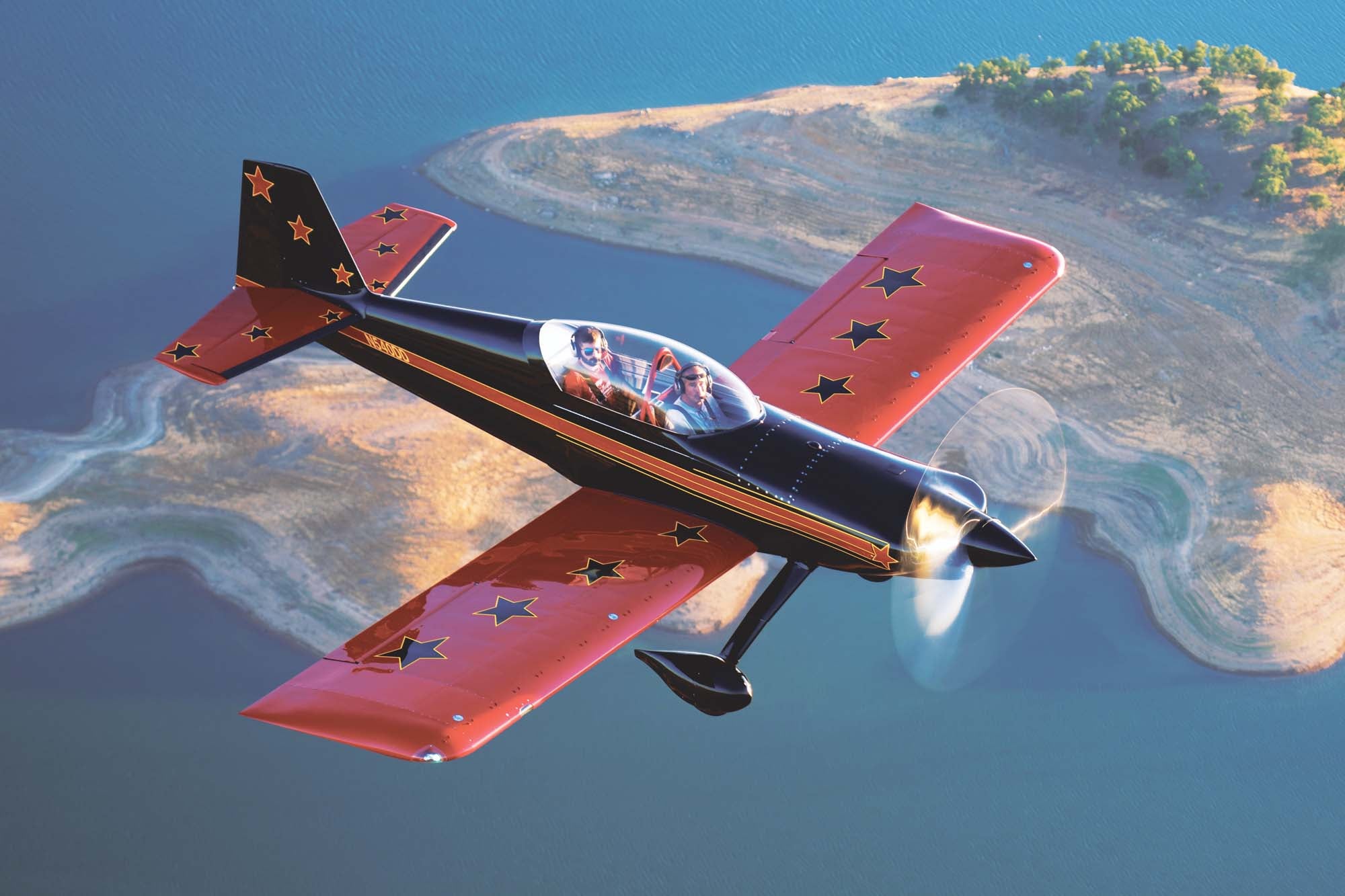
Passionate Hobby
Through the years, Dale has consciously kept aviation as a passionate hobby instead of a career. In fact, their children didn’t realize that garages were for cars because there was always some sort of airplane project in progress. Dale and Denise are “empty nesters” now, and two of their three children are pilots. The youngest, Jesse, enjoys flying with Dale. “Marci loves to fly aerobatics,” said Denise, “and Daniel flies a Piper Pacer and has visions of building a plane.”
After they’d finished building both the RV-4 and Stanley Screamer, Dale and Denise designed and built their own home with a large garage/workshop for more aviation projects. “Aviation has always been not an essential item in our life, but one of the major items in our life. I built two airplanes, and I built seven sets of RV spars and two sets of wings for other people’s projects. I’m 66, and I’m looking at my friends who are not flying anymore,” shared Dale. “There’s going to be a day when I won’t be able to get in and out of the Screamer cockpit as easily as I can now. So I currently have a Cessna 185 project that’s getting close to completion, and I recently acquired a Piper Pacer project.”
Until that time, Dale and Denise plan to enjoy their weekend camping getaways and their annual backpacking and hiking vacations, thanks to their sleek sherpa. “It’s really the wrong airplane for what I’m doing,” said Dale. “I should be flying something that’s a high-wing with a big baggage compartment. But I’m so used to flying fast, and one superpower I have is that I can pack! We camp with backpacking-style gear, and people are amazed by what we can haul. I’ve got almost a 900-pound useful load in a two-place airplane!”
New Places, New Friends
Backpacking with the Screamer has opened a marvelous world to Dale and Denise. “A lot of those strips in Idaho don’t have roads to them, so the area isn’t really accessible unless you can get there by plane. I’m so thankful that politicians had the foresight to grandfather the airstrips that were there when it became a wilderness area,” explained Denise, adding, “Between our church family and aviation family, you won’t find finer people; flying in the backcountry has given us some great opportunities to meet people we never would have met otherwise. I’m just really grateful that we’re able to do that!”
Derived from an RV-4 and the Harmon Rocket II, and enhanced by Dale’s mission-specific morphing mods, the Stanley Screamer is a far more capable aerial steed than Dale ever dreamed it would be.
“I have nothing but good things to say about Dick VanGrunsven and his airplane designs, and John Harmon is a wonderful guy,” proclaimed Dale. “I really want to emphasize how much I appreciate the work that was done by them. This isn’t my baby from inception; I take credit for building it, but its heritage is very much Van’s.”

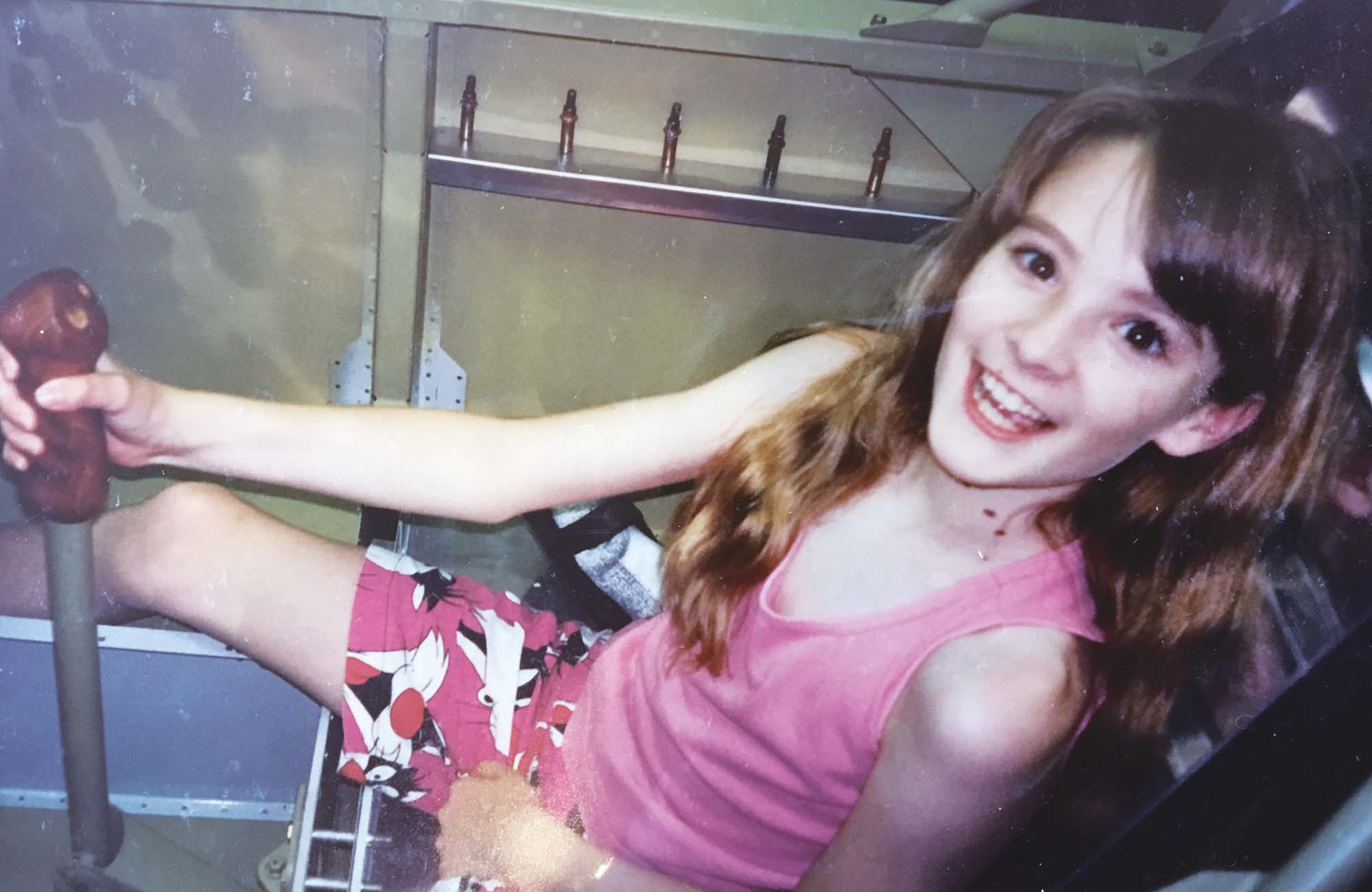

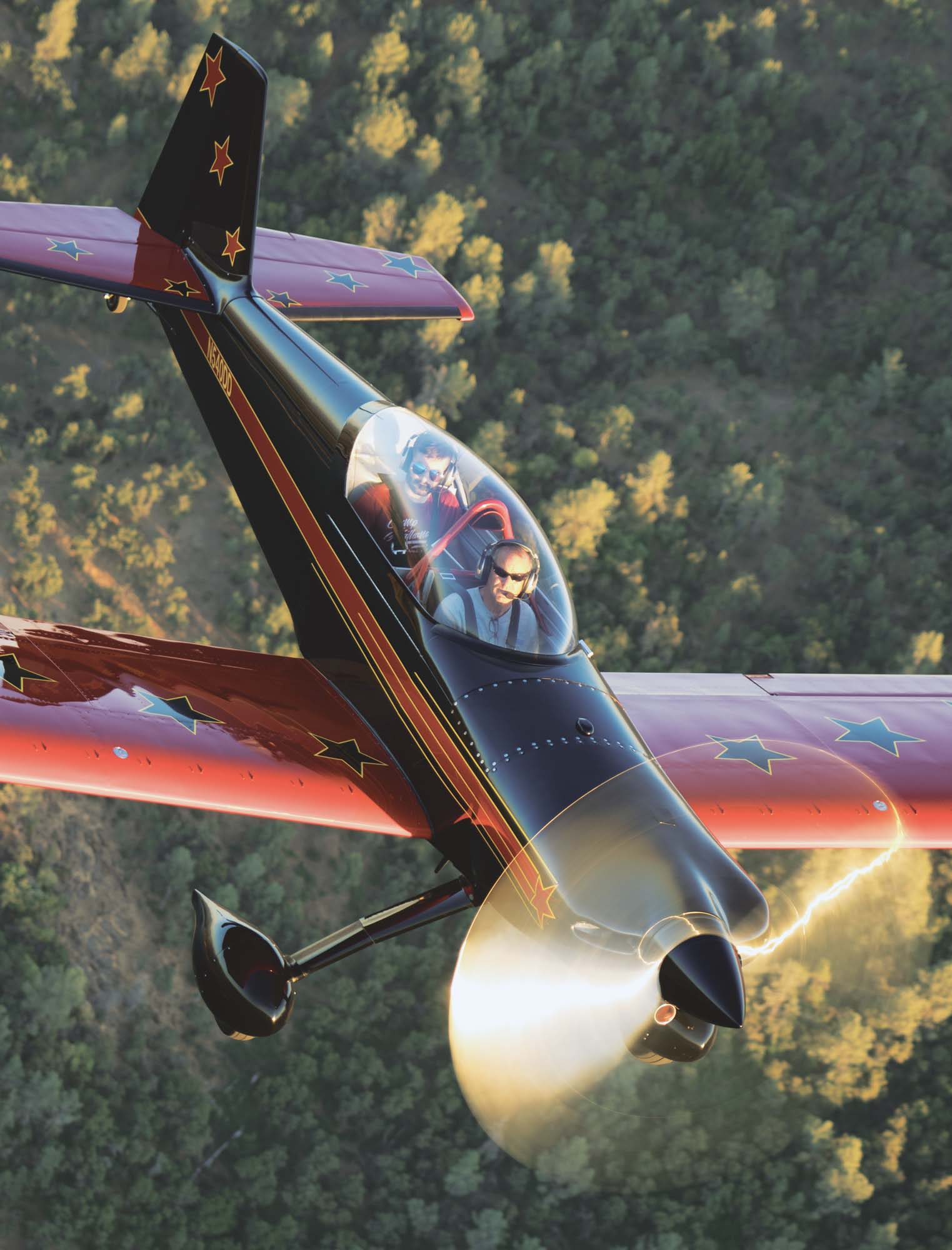

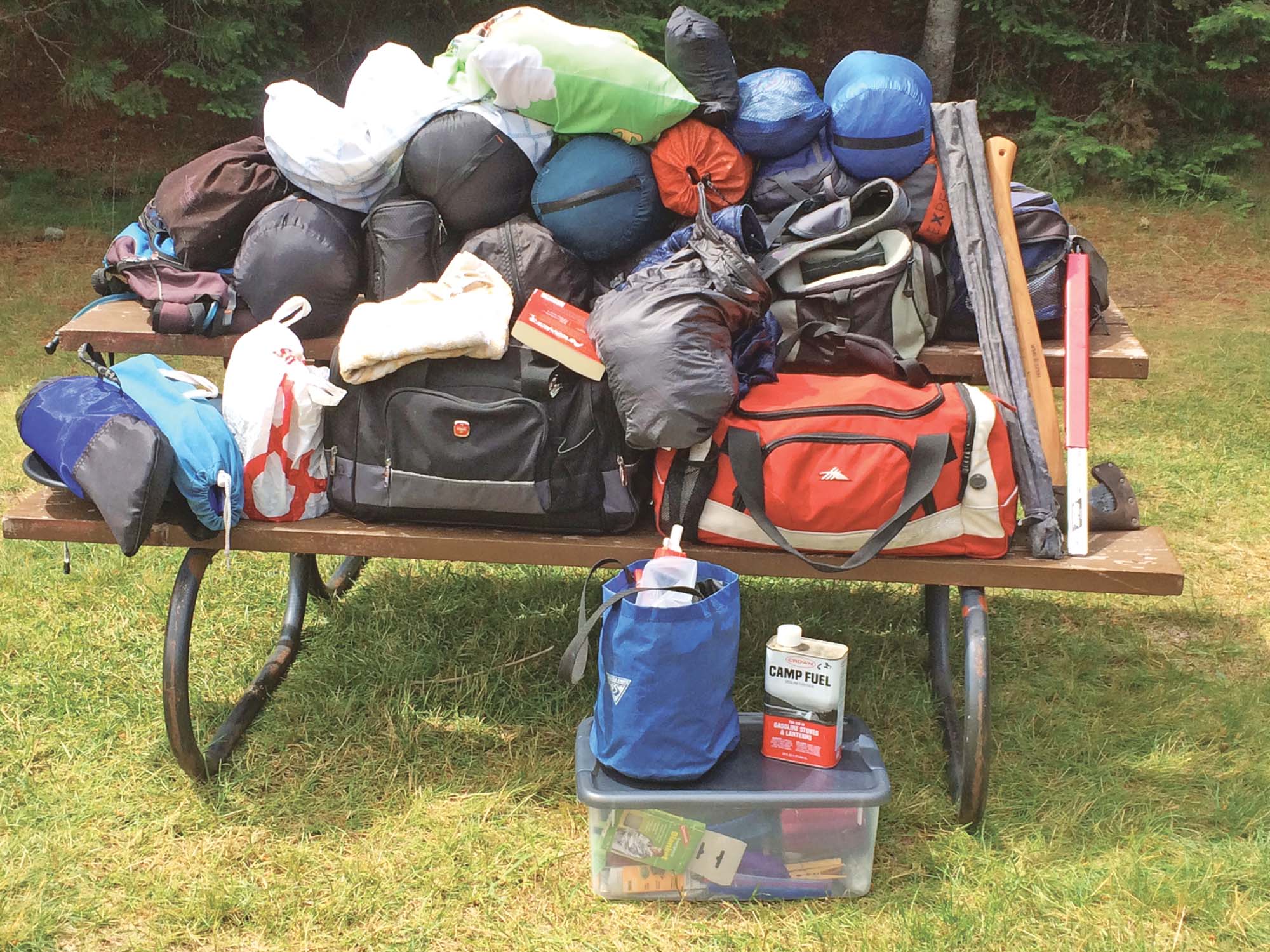













I see Dale and Denise nearly every year flying the Idaho backcountry. I call the airplane a Rocket every time I see Denise and she always corrects me with a few details. This article gives me more appreciation for what they’ve built. Wow. Watching Dale bring it into to those backcountry strips is always a treat. He knows how to fly that airplane. I look forward to seeing them in the Idaho backcountry for years to come. More often than not, I run across their airplane and camp, with them nowhere in sight. Hearing how much they enjoy hiking brings a smile to my face.